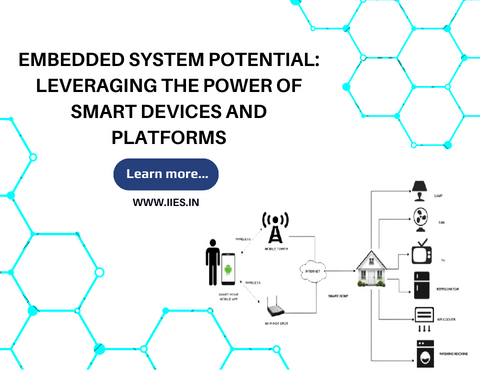The market potential of embedded systems is tremendous. With the growing demand for smart devices and platforms, there is a high demand for embedded systems in various industries, such as healthcare, automotive, aerospace, manufacturing, and telecommunications. According to a research report by Markets and Markets, the global embedded systems market size is projected to reach $116.2 billion by 2025, growing at a CAGR of 7.6% from 2020 to 2025. The report attributes this growth to factors such as the growing adoption of the Internet of Things (IoT), increasing demand for automation in various industries, and rising adoption of artificial intelligence (AI) and machine learning (ML) technologies.

